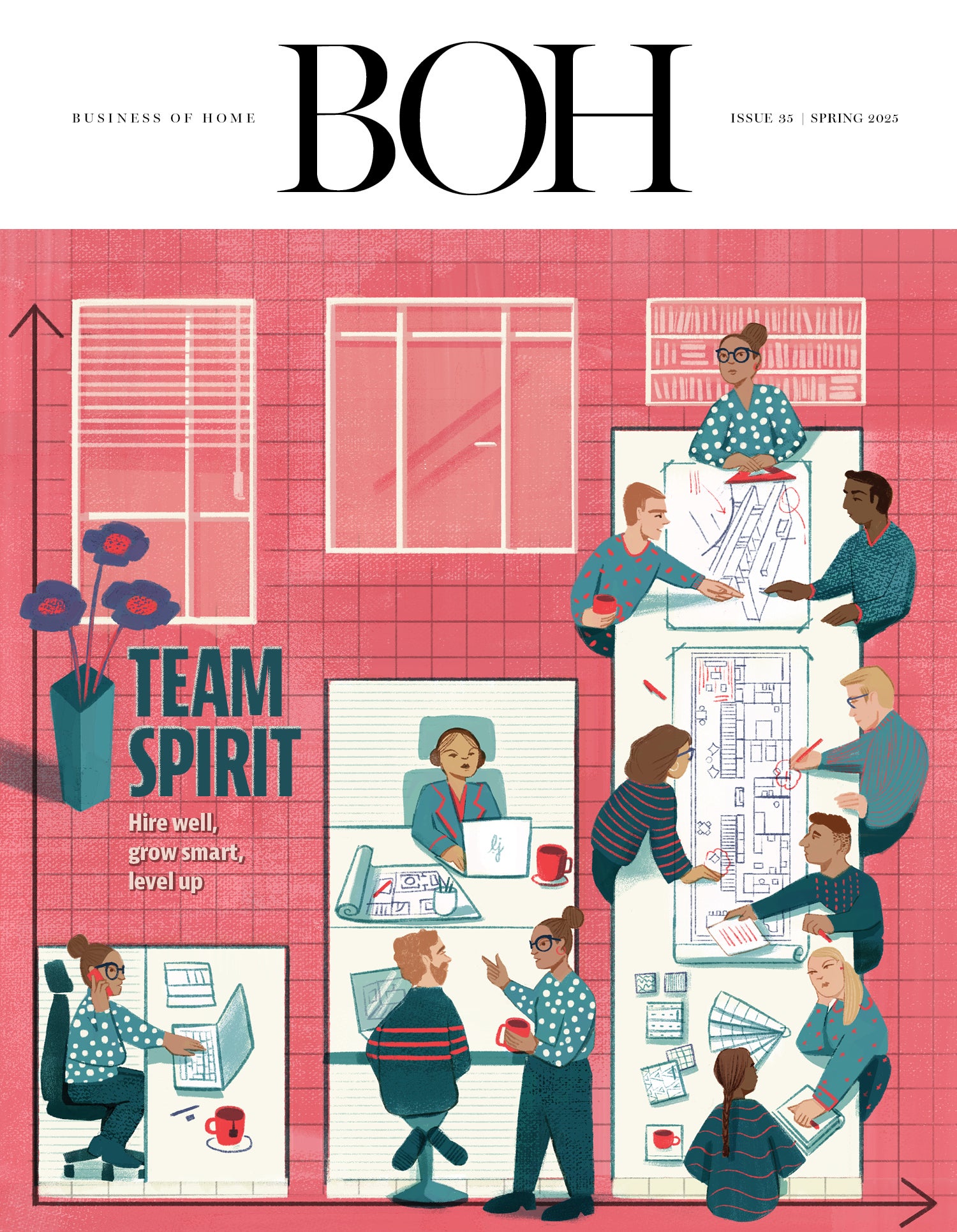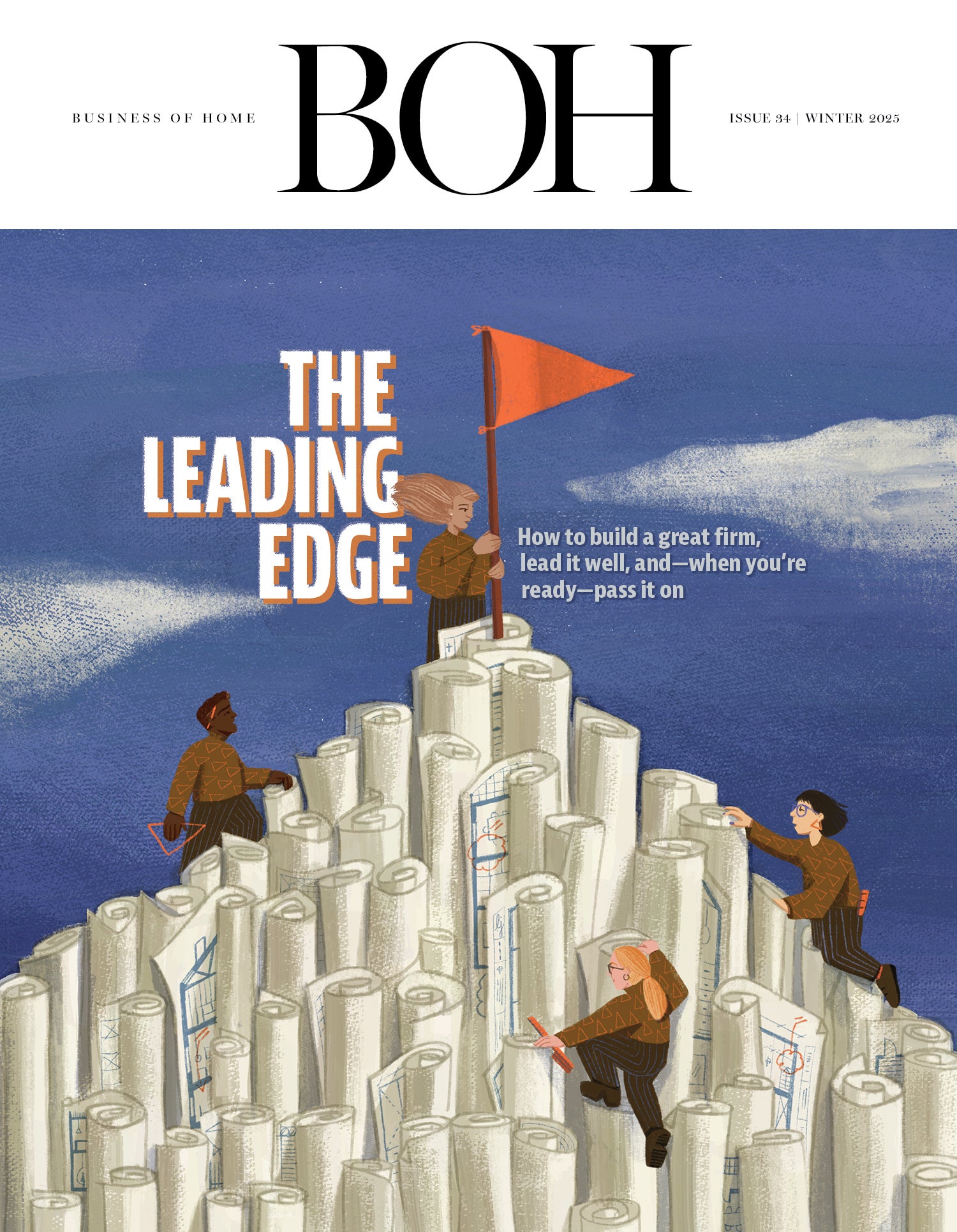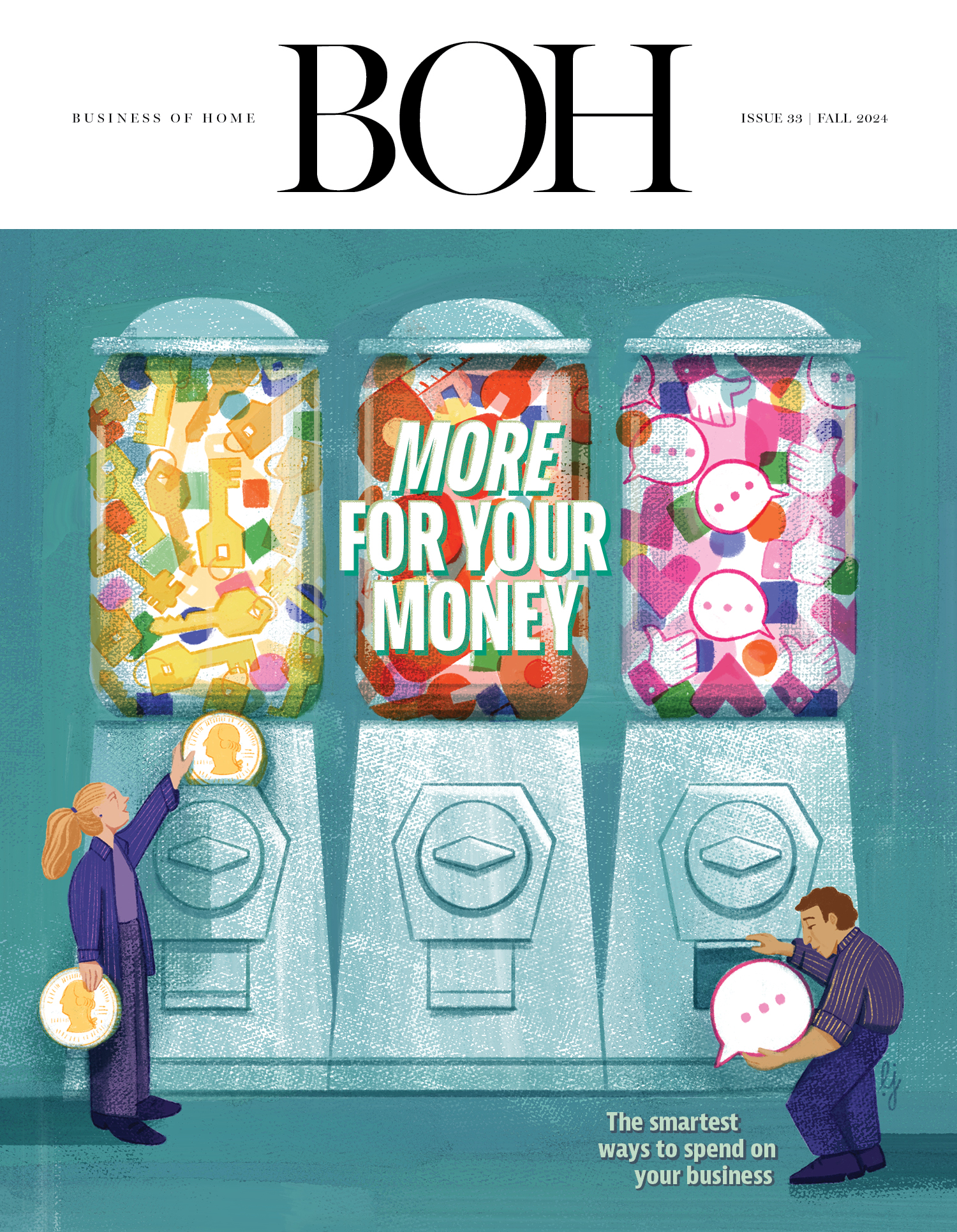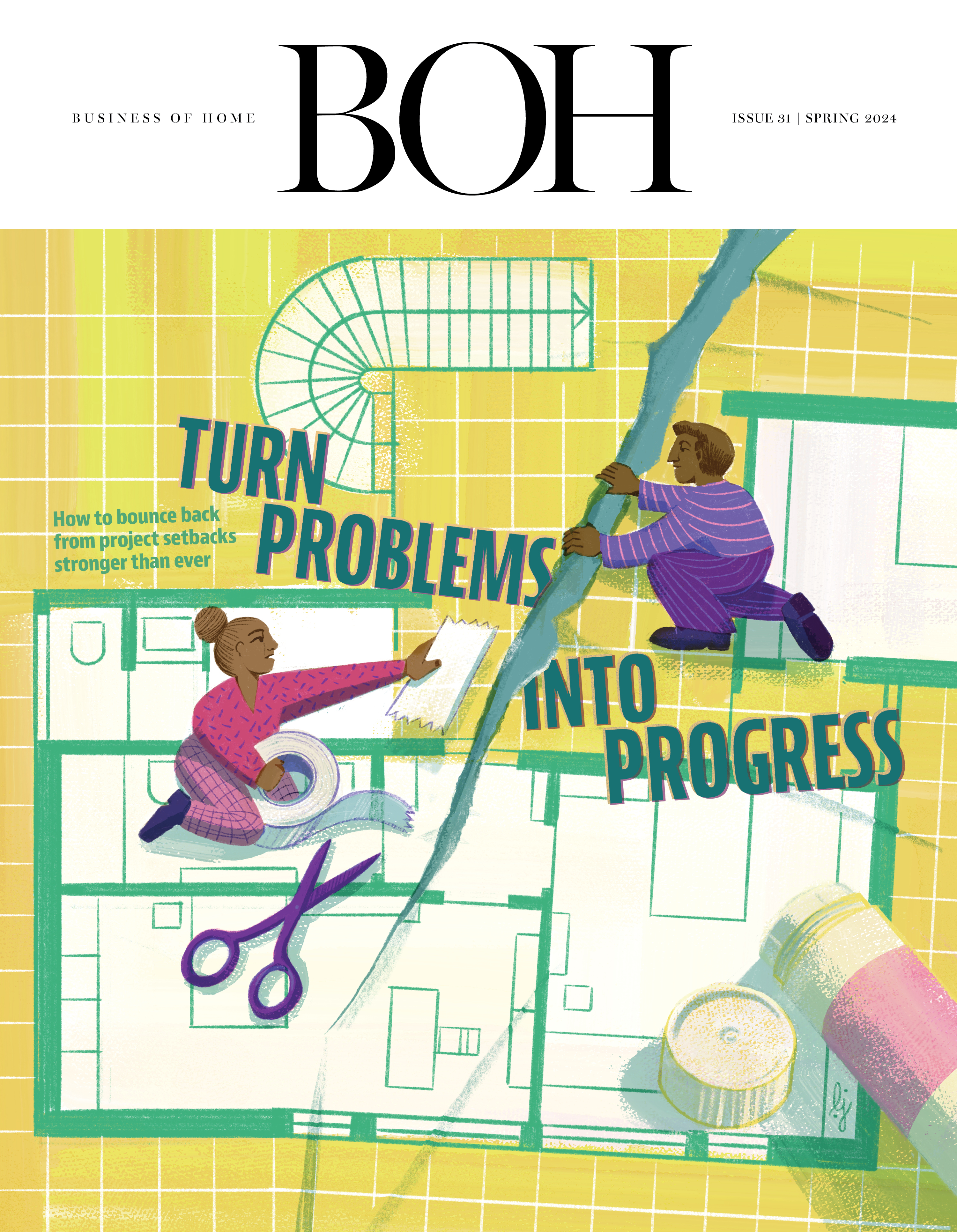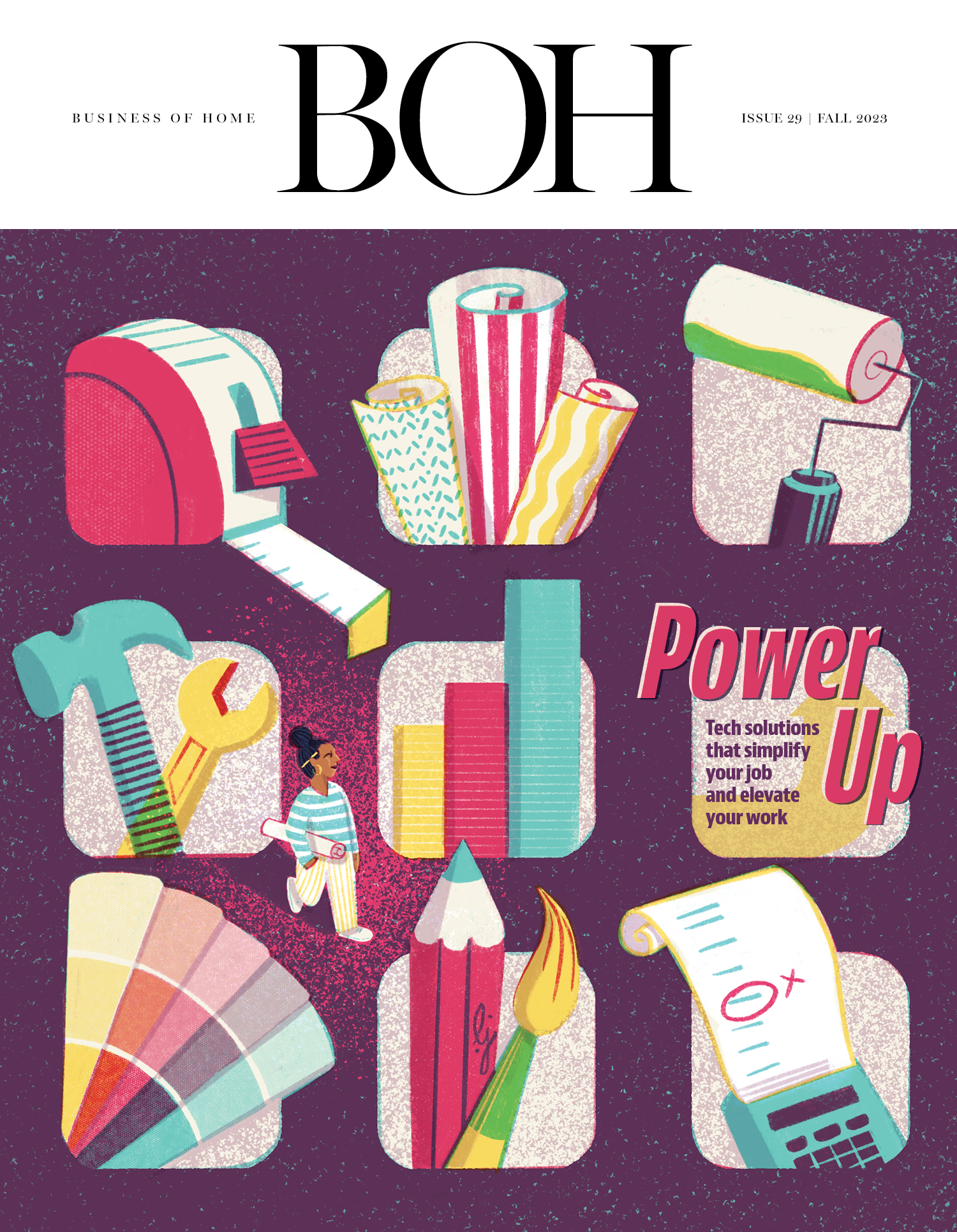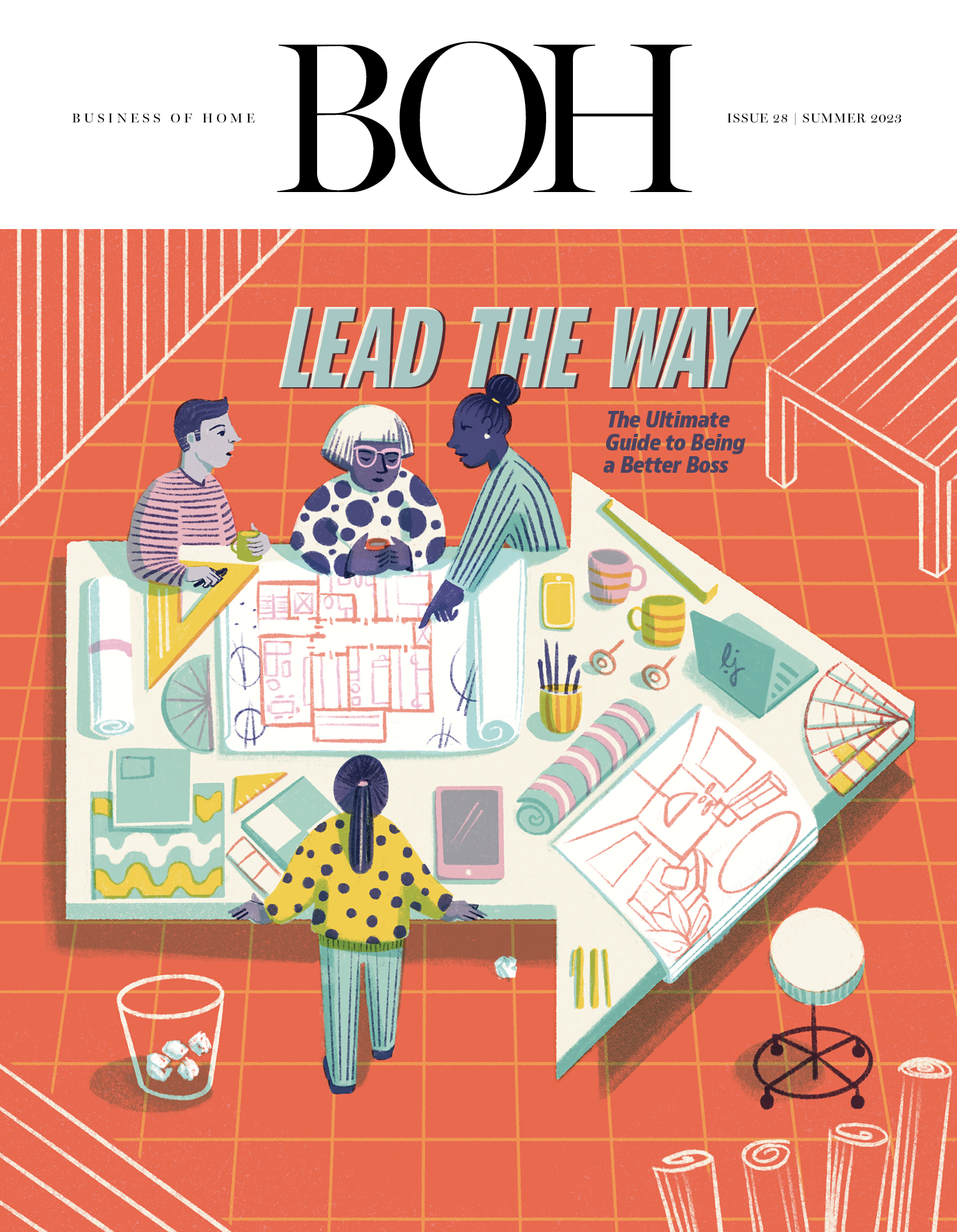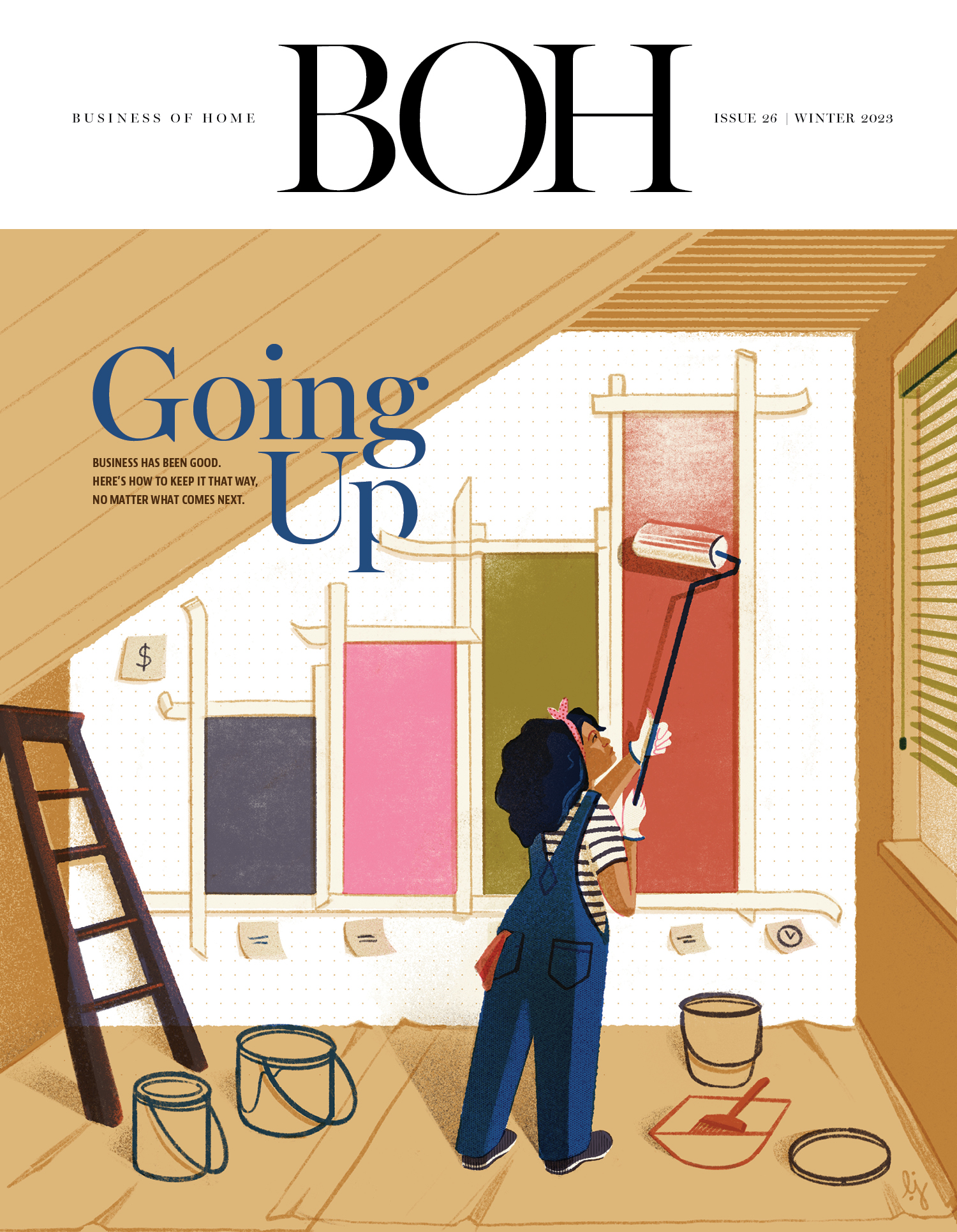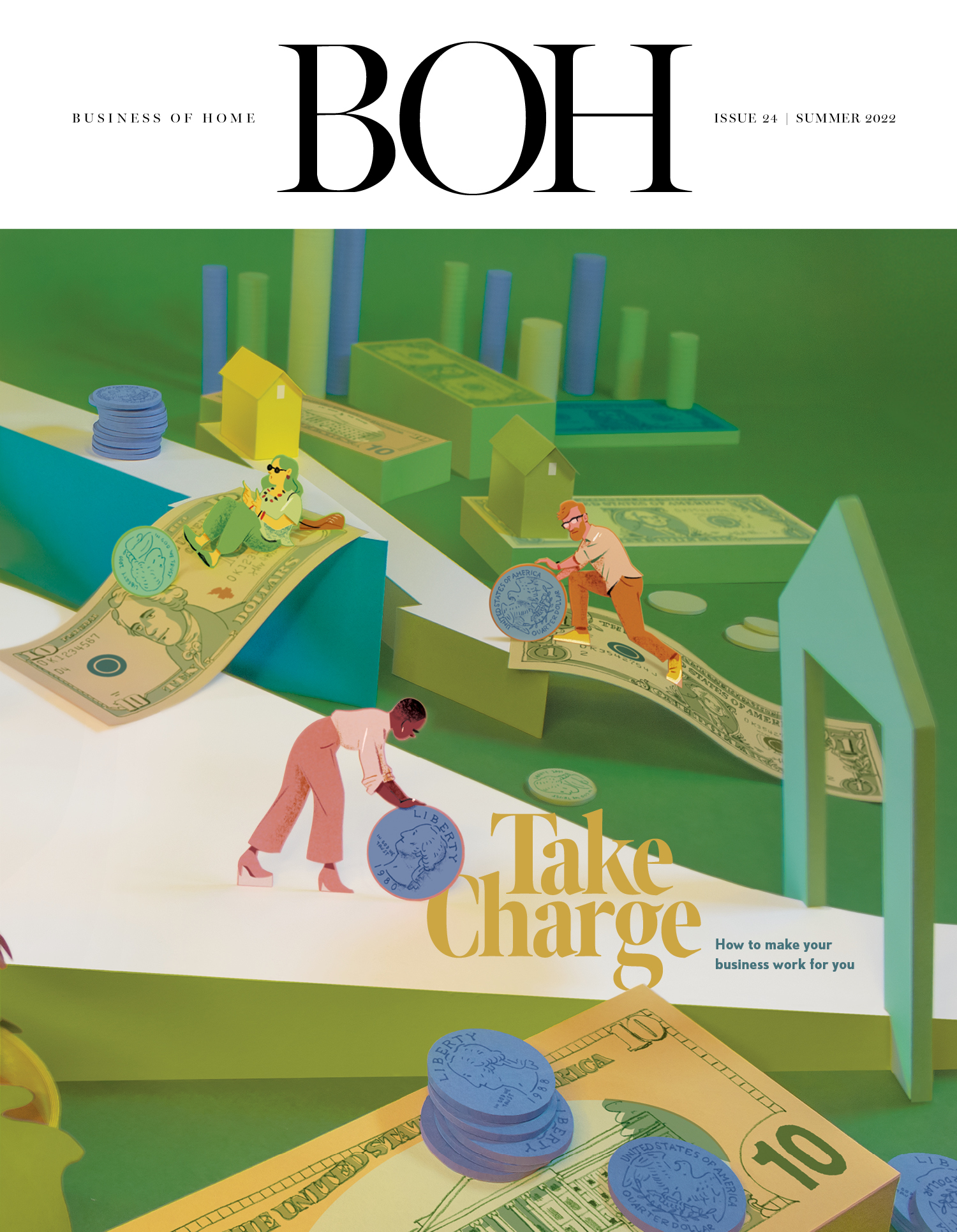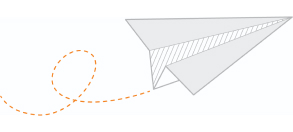The home industry has had a funny reaction to last week’s tariff bombshell. On the one hand, everyone is shocked. On the other, no one quite believes it will stick. Among a wide range of executives reached by Business of Home, the consensus is: This is a negotiating tactic, and within a month, these numbers will go way down (except maybe for China). That belief has inspired a kind of panic-then-pause reaction. Brands are looking at their numbers, considering a price hike, and trying to stay tight with both suppliers and customers. Few are making sudden moves.
If last week’s numbers are indeed temporary, many in the industry will breathe a sigh of relief. But no one believes that tariffs are going to disappear completely under the Trump administration. In a world where importing from around the world carries tax duties, which home goods are poised to get more expensive here in the U.S.?
There’s a simple answer to the question: everything. However, the global supply chain is a complicated web, and different product categories are more reliant on certain countries than others. We don’t know what will happen with the tariffs tomorrow, let alone next month. But to help make sense of some possible outcomes, BOH spoke with sourcing expert Suren Gopalakrishnan, the co-founder of MakersPalm, an agency that helps brands and designers develop products and supply chains.
Case Goods
Over the past 40 years, case goods production has radically dwindled in the U.S., with much of the business migrating to China and Southeast Asia; Mexico and Eastern Europe have seen gains in this category in recent years as well. It’s an industry maxim that while upholstery still has a foothold in America, case goods at scale are long gone. Especially if high tariffs remain on production hubs, prices on tables, dressers and desks are likely to go up.
Lighting
Following the tariffs imposed by President Donald Trump in 2018, which levied a 25 percent tax on goods from China, manufacturers began to flee the country, often moving production to nearby countries like Vietnam and Cambodia or, in some cases, as far as Mexico. Case goods and upholstery manufacturing proved relatively easy to take across borders—lighting, less so. Meeting international safety standards requires a sophisticated production environment, and Chinese lighting factories benefit from being integrated into an efficient domestic supply chain for raw materials and electrical components that are hard to find elsewhere. “Even lighting made in India—they’re using Chinese components,” says Gopalakrishnan.
On April 23, Jim Thornton, who is a digital strategist and product leader specializing in AI-powered solutions for the home design industry, shows you how to capitalize on your unique strengths to create an online presence that captures the attention of both potential clients and powerful search engines. Click here to learn more and remember, workshops are free for BOH Insiders.
China is also among the countries that seem most determined to go blow for economic blow with President Trump (unlike Vietnam, which has signaled a clear willingness to negotiate). The fact that a lot of lighting production can’t be easily moved out of China, and that an extended trade war with the country seems likely, makes the category a double whammy. “Lighting is definitely going to get hurt,” says Gopalakrishnan.
Outdoor
Outdoor furniture suffers from two tariff challenges. For one, a lot of it is made outside of the U.S. For another, aluminum and steel—recently slapped with a 25 percent tariff, which is charged in addition to the country-specific tariff rate—plays an integral role in the category. These factors suggest that brands will likely be forced to raise prices. “So much of it is the metals, and I don’t think those tariffs are going to be taken away,” says Gopalakrishnan.
Special Techniques and Materials
A general rule of thumb: The more specialized a manufacturing process is, the more vulnerable it is to tariffs. Southeast Asia has a stranglehold on authentic rattan production—buyers can’t reroute it and get the same quality or the same price the way they might for upholstery. As RH chairman and CEO Gary Friedman suggested on the company’s recent earnings call, the most desirable teak furniture in the world comes from a single region in Indonesia. If tariffs remain high, expect one-off price hikes on unique materials and techniques.
Upholstery
Some good news: Upholstery is slightly less vulnerable to tariffs than many other categories. The sheer volume of producers, combined with a good U.S. production base, means that we’re unlikely to see wild jumps in prices, especially at the mid-to-high end—big-box retailers who import sofas by the container load from China will be most impacted. The caveat is “inputs,” the components and raw materials that go into the manufacturing process. For example, many domestic producers rely on importing Chinese fabric to bring their finished pieces in at a competitive price. (As with lighting, China still dominates fabric production at scale.) Springs and foam can come from overseas as well. If tariffs on Southeast Asia remain, there will be some upward pressure on upholstery prices.



